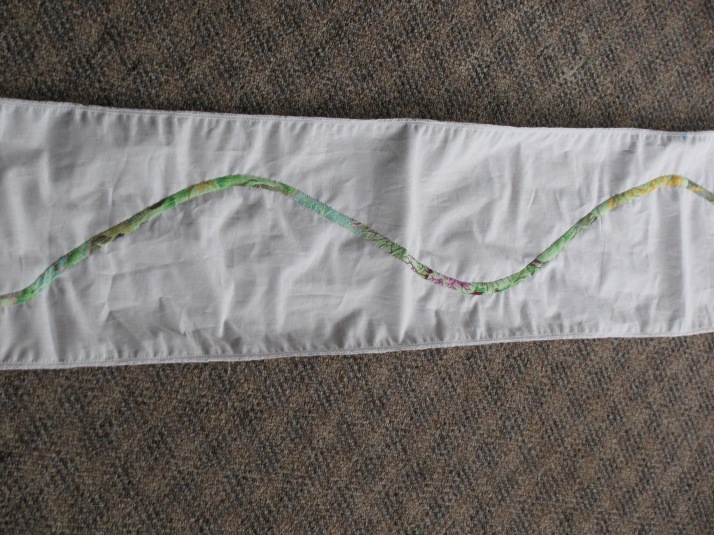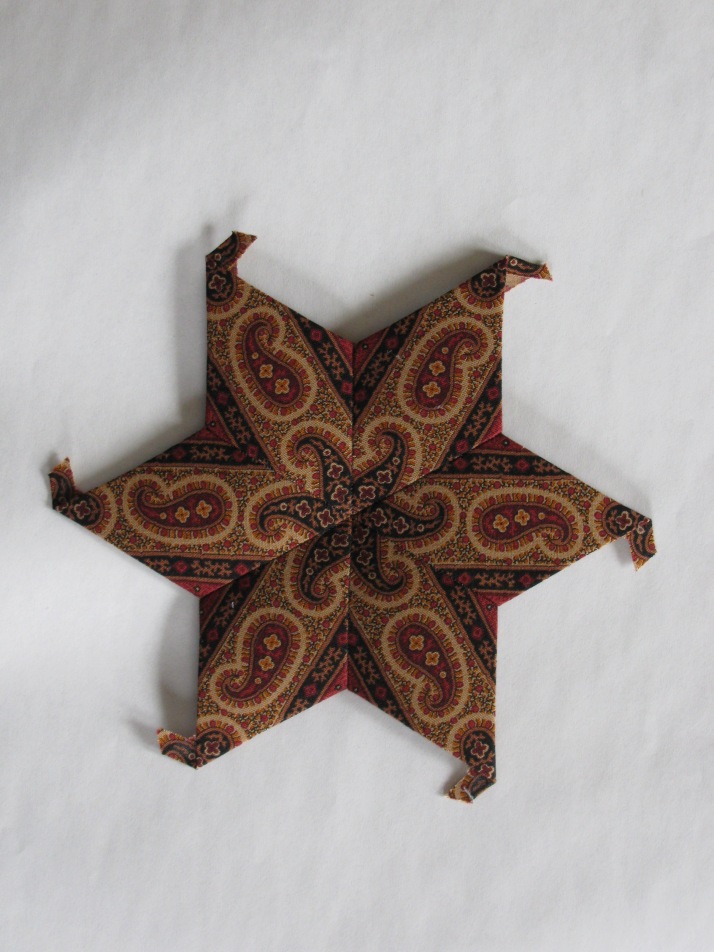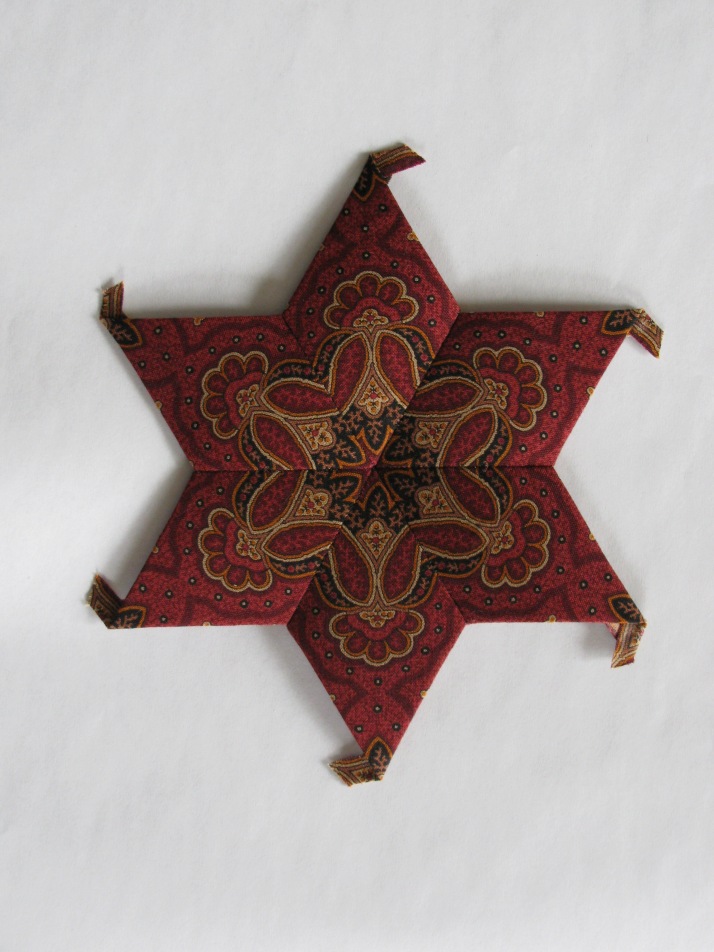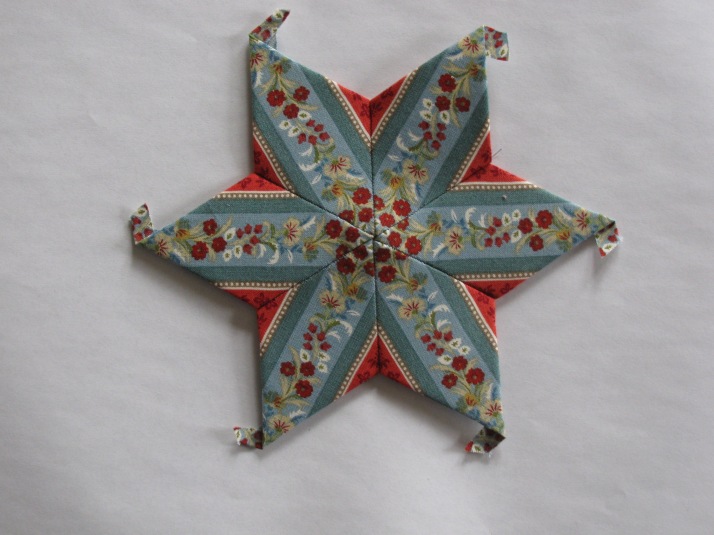Archive | May 2014
Baling Hay While the Sun Shines
We baled hay on Memorial Day. Here is a play by-play of the process.
Saturday, May 24, 7am . . . This is the same alfalfa field I showed you several weeks ago. We’ve gotten several warm rains and the alfalfa is more than knee-high by now. Soon the sun will be brighter and burn off the haze and dew. I can’t believe it, I forgot to take a picture of the haybine mowing the hay! But don’t worry, we make hay all summer long and you will see the machinery in another post.
I can’t believe it, I forgot to take a picture of the haybine mowing the hay! But don’t worry, we make hay all summer long and you will see the machinery in another post.
Saturday 6 pm . . . The hay has been cut and laid in windrows.
 We let the hay dry in the sun on Sunday.
We let the hay dry in the sun on Sunday.
Monday 6:30 am . . . I’ve started raking one row of hay onto the row beside it. Heavier rows make the bales more solid and stable. The tractor and rake are old but they get the job done.
 The tractor is a Ford Ferguson made in the early 1940’s.
The tractor is a Ford Ferguson made in the early 1940’s.
 9:30 am . . . The fields are raked, now we wait for the baler. We custom hire a baler when we “wet” bale. The hay is not completely dry, the hay on the ground side is still green and full of moisture.
9:30 am . . . The fields are raked, now we wait for the baler. We custom hire a baler when we “wet” bale. The hay is not completely dry, the hay on the ground side is still green and full of moisture.
10 am . . . The neighbor comes with the baler and starts baling. He straddles the windrow between the front wheels and the hay feeds into the baler . . .
the bales come out the back . . .
 10:30 am . . . We are having 2 fields baled. The farmer and I start loading bales from the back field onto wagons and hauling them up to be wrapped.
10:30 am . . . We are having 2 fields baled. The farmer and I start loading bales from the back field onto wagons and hauling them up to be wrapped.
4:30 pm . . . All the bales have been moved and are waiting for the wrapper. The little blue things on the bales are the twine knots. The large hay wagon hold 17 of the bales, the smaller wagons hold 6 bales each. It took us 6 hours to carry all the bales into this line. We didn’t stop to eat either.
This is what the field looks like with the hay off.
8 pm . . . The wrapping machine is here. The farmer puts the bales on the wrapper; the machine wraps the bales in plastic and lays them in a row.
10 pm . . . The bales are all wrapped. The farmer comes into the house, showers, eats his supper and then watches the Pacers vs the Heat while eating his nightly bowl of ice cream.
10:30 pm . . . It starts to rain, watering the fields that were baled. The alfalfa starts growing. In a month we’ll do this all over again.
Tuesday, May 27, 7 am . . . This is 26 acres of hay, 188 wrapped bales.
We will let the bales set for several weeks. The hay will ferment and turn into baylage. In 2 weeks we will start feeding this hay to the cows. They are grazing grass pasture now and the hay will supplement the pasture. They eat approximately a bale a day so this should last into September.
We have a third field of hay that we did not wet bale. We plan to dry bale the 3rd field but that will be more of a challenge. That will be a post for another day.
Platelets Donation
I have been donating platelets (Aphersis) at the Red Cross for almost 20 years and my latest donation was yesterday. (Read about Aphersis – A Special Kind of Donation here).
Platelets are cells in the blood that help form clots and control bleeding.
I used to donate whole blood but switched to platelets. It takes 8 whole blood donations to get platelets equal to one platelet donor. My donation produces a double amount of platelets, sometimes even a triple amount! This is great; double and triple donations reduce chances of a transfusion reaction in the recipient because they received their platelets from the same donor. More platelet donors are needed; platelets only have a shelf life of 5 days, whole blood lasts 30 days.
It usually takes 2 hours for the donation and I have a needle in both arms; a draw needle and the return needle.
This is my draw arm, the blood is withdrawn from this arm.
And red blood cells are turned in this arm.
 I normally watch TV during my donation, sometimes I doze.
I normally watch TV during my donation, sometimes I doze.
Here is a photo of the machine that separates the platelets from the blood.
 A person can donate platelets up to 24 times in a year or approximately every 2 weeks.
A person can donate platelets up to 24 times in a year or approximately every 2 weeks.
What do I get out of donating? I’m thankful that I’m healthy and able to help someone who needs help. I feel a sense of satisfaction and pride.
Here’s the final product – platelets!
I donate at the Goshen donor center. There are 2 centers in Fort Wayne, Fort Wayne Donor Center and the Lutheran Hospital donor center. If you are interested or want more information, call 1-800-589-8127. SAVE A LIFE!
Fussy Cut Fridays
An Applique Project for Spring/Summer
I’m not doing much piecing with my sewing machine. I’m keeping up on the BOM projects but that’s about it. I have a pile of hand projects to work on this spring/summer and this applique project is at the top of the stack.
This is one of the books I kept from my mother’s quilt book collection. The name is Quick and Easy Scrap Quilts from the For the Love of Quilting series, published by Oxmoor House, Inc. & Leisure Arts, Inc. My book is copyrighted 1995.
 This quilt is called Nine-Patch and Hourglass and is by Mimi Alef of High Point, North Carolina (page 57 in the book). I’ve admiring this quilt for years and always thought I’d like to make her someday.
This quilt is called Nine-Patch and Hourglass and is by Mimi Alef of High Point, North Carolina (page 57 in the book). I’ve admiring this quilt for years and always thought I’d like to make her someday.
 My friend, Lori Null, made this quilt several years ago and used Kaffe Fassett fabric. I thought it was beautiful; the colors were so alive and vibrant. Last fall I decided the time had come for this project and pieced the center of the quilt also using Kaffe Fassett fabrics. This photo only shows part of the center.
My friend, Lori Null, made this quilt several years ago and used Kaffe Fassett fabric. I thought it was beautiful; the colors were so alive and vibrant. Last fall I decided the time had come for this project and pieced the center of the quilt also using Kaffe Fassett fabrics. This photo only shows part of the center. This is a close up of a corner, the applique border will be sewn onto the black border.
This is a close up of a corner, the applique border will be sewn onto the black border.
Now remember, the title of the book was Quick and Easy Scrap Quilts? Well, it is an easy pattern, but I wouldn’t say it is quick! These blocks finish at 3″. Anyway, the center is ready for the applique borders and this is what has been completed so far.
 It will be awhile before she’s finished. I’ll keep you updated.
It will be awhile before she’s finished. I’ll keep you updated.
Caroline’s Buck A Block
I’ve got the May blocks sewn for the Buck A Block project which is sponsored by Caroline’s Cottage Cottons. You use Thangles to make the half/square triangles (HST).
Fussy Fridays
Country Threads BOM
I’ve sewn the May block for the 2014 Country Threads BOM.
 Normally there are 2 blocks to piece in different sizes but this month there is only one block but she will finish at 24″.
Normally there are 2 blocks to piece in different sizes but this month there is only one block but she will finish at 24″.
Aloe Vera Flower Update
Another Fussy Cut Friday

 I’m sewing along with the Fussy Cut Friday at Temecula Quilt Co.
I’m sewing along with the Fussy Cut Friday at Temecula Quilt Co.




















